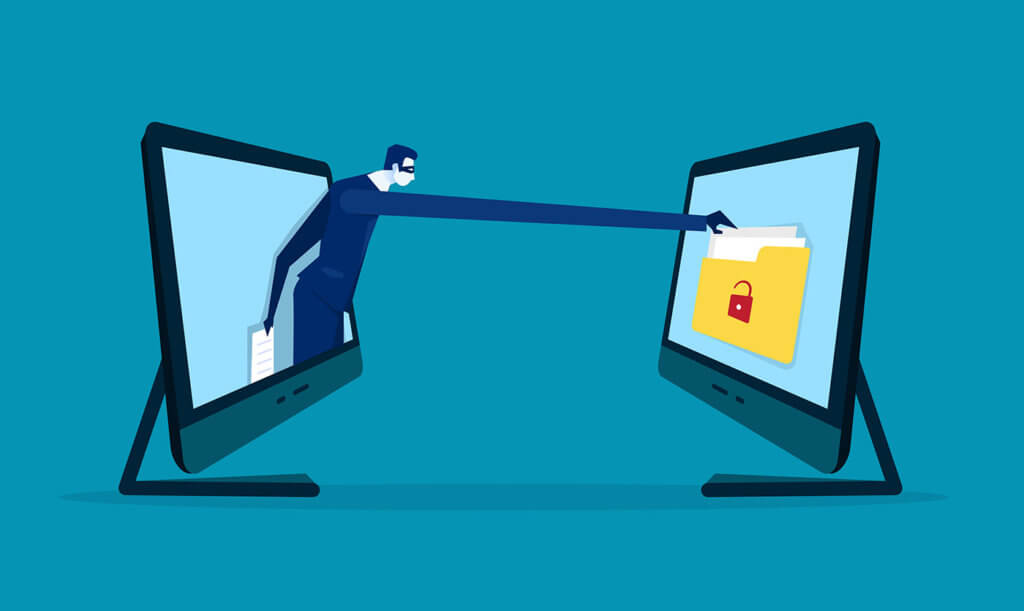Just imagine: you wake up one morning and find that your bank account is drained, your email is hacked, or your private photos are leaked online. It seems like a nightmare in the early morning. While it is the reality of stolen data.
Let’s break down what stolen data is, its types, how it’s taken, and how it ends up on the hidden wiki and the dark web.
What Is Stolen Data?
Stolen data refers to any information taken without the owner’s permission. This data can include anything from personal details and login credentials to financial records, medical histories, intellectual property, and confidential corporate information. Depending on the intent of the attacker, stolen data might be used for identity theft, financial fraud, corporate espionage, blackmail, or sold on the dark web for profit.
How Does Data Get Stolen?
Data breaches and leaks can happen in multiple ways. While big companies often make headlines when they’re hacked, individual users are often the easiest targets. Here are some of the most common methods hackers use to steal your data:
Phishing Attacks
Phishing involves tricking people into clicking malicious links or giving away sensitive data. Fake emails or websites may look legitimate, making it easy for victims to fall for the trap.
Malware and Spyware
Malicious software, often spread through email attachments, fake downloads, or infected websites, can track keystrokes, steal login credentials, or open backdoors into your device.
Data Breaches
When companies fail to secure their systems, hackers may break in and access huge databases of user data. Even large corporations like Facebook, Yahoo, and Equifax have suffered from major data breaches.
Weak Passwords
Using the same weak password across multiple accounts makes it easy for hackers to gain access to more than one platform once they have one password.
Public Wi-Fi Networks
Free Wi-Fi in cafes or airports can be a hacker’s playground. Without proper encryption, data sent over these networks can be intercepted by cybercriminals.
What Kind of Stolen Data Is Shared or Sold?
Stolen data on the Hidden Wiki and dark web usually falls into a few major categories:
Personally Identifiable Information (PII)
This includes names, addresses, phone numbers, email accounts, dates of birth, and national ID or Social Security numbers. It’s often sold in bulk and used for identity theft or social engineering attacks.
Financial Data
Bank login credentials, PayPal accounts, and credit/debit card information are all prime targets. They are also referred to as “CVV dumps.” Some listings even include full login sessions or cloned ATM card data. This stolen data can lead to unauthorized purchases, withdrawals, or account takeovers.
Login Credentials
Email, username, and password combinations from popular services like Gmail, Netflix, or Facebook are often posted or sold after breaches. Some of this data is given away for free to prove legitimacy. Moreover, if users reuse the same credentials across multiple platforms, hackers will get access to other accounts; this is known as “credential stuffing.”
Corporate or Government Documents
Leaked spreadsheets, client databases, business plans, internal memos, and classified documents can also be found, especially after a data breach of a company or public entity. Hackers may use such data for espionage, sabotage, or selling to competitors or foreign governments.
Medical Records
This is one of the most valuable forms of data, as stolen medical records can be used to file false insurance claims or gain access to prescription drugs. Cybercriminals use this information for insurance fraud, prescription scams, or to blackmail patients.
What Happens to Stolen Data?
Once data is stolen, it rarely just sits idle. Here’s what typically happens next:
Sold on the Dark Web
Many hackers sell stolen data on underground marketplaces for profit. Credit card numbers, login credentials, and full identity profiles can be bought for just a few dollars.
Used for Identity Theft
Criminals may open credit lines, apply for loans, or file tax returns using your personal information.
Blackmail and Extortion
Hackers might threaten to leak sensitive information unless you pay a ransom. This happens more often with businesses, but individuals are not immune.
Corporate Espionage
For businesses, stolen intellectual property or internal communications can be used by competitors to gain an advantage.
How Stolen Data Ends Up on the Hidden Wiki?
The Hidden Wiki itself doesn’t host stolen data. But it links to the dark websites that give services related to that stolen information. These dark web links on the hidden wiki are typically marketplaces, forums, or pastebins where hackers post or sell stolen content. Once acquired, the stolen data is either sold to the highest bidder, traded between cybercriminals, or even dumped for free to build a reputation within hacker communities.
Final Thoughts
The presence of stolen data on the Hidden Wiki is a stark reminder of how vulnerable our personal and corporate information can be. While the dark web has legitimated uses in protecting privacy and freedom of speech, it also harbors serious threats.
Whether you’re a casual internet user or a business owner, it’s critical to stay informed, practice good cyber hygiene, and treat your data like it’s worth something—because to cyber criminals, it is.
Stay smart. Stay safe. Stay private.
